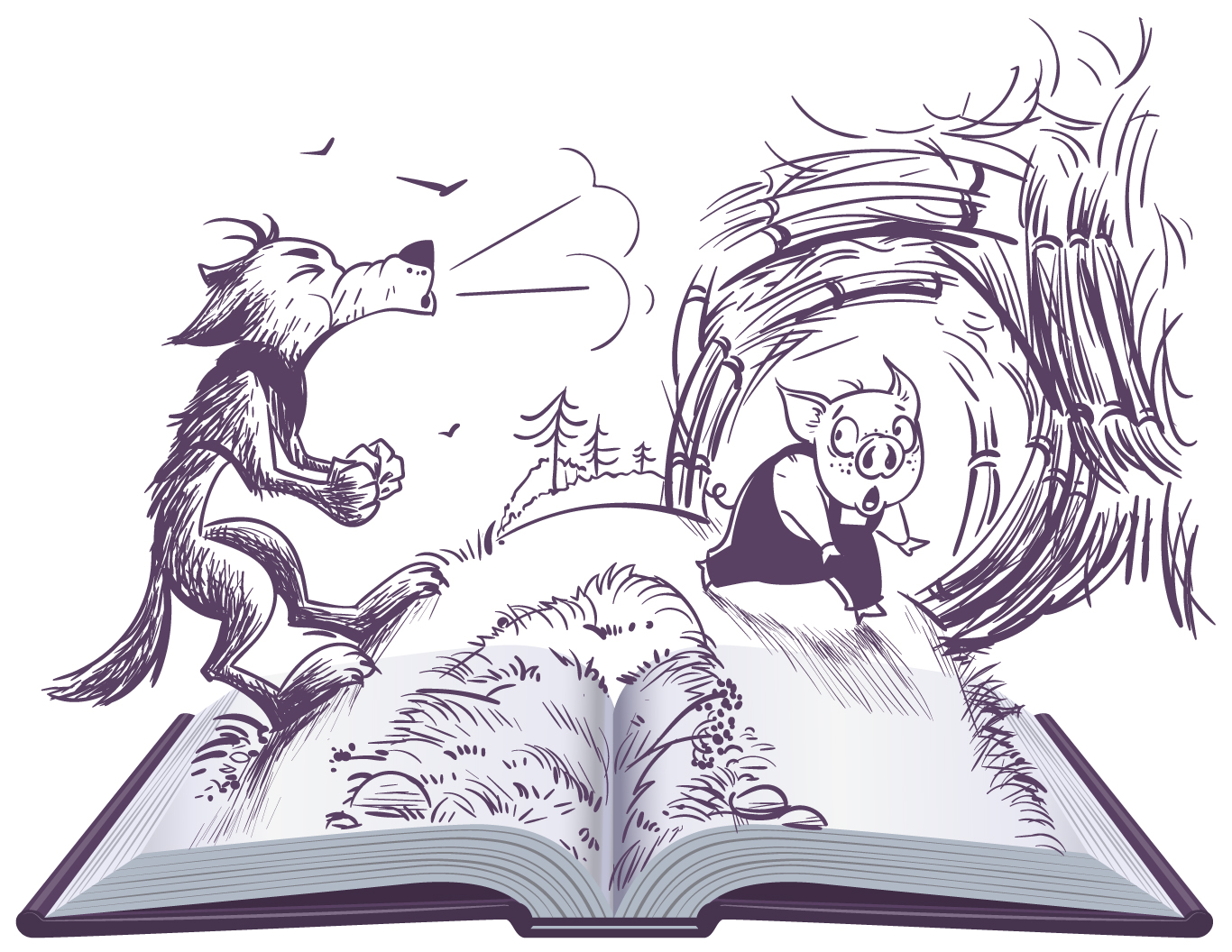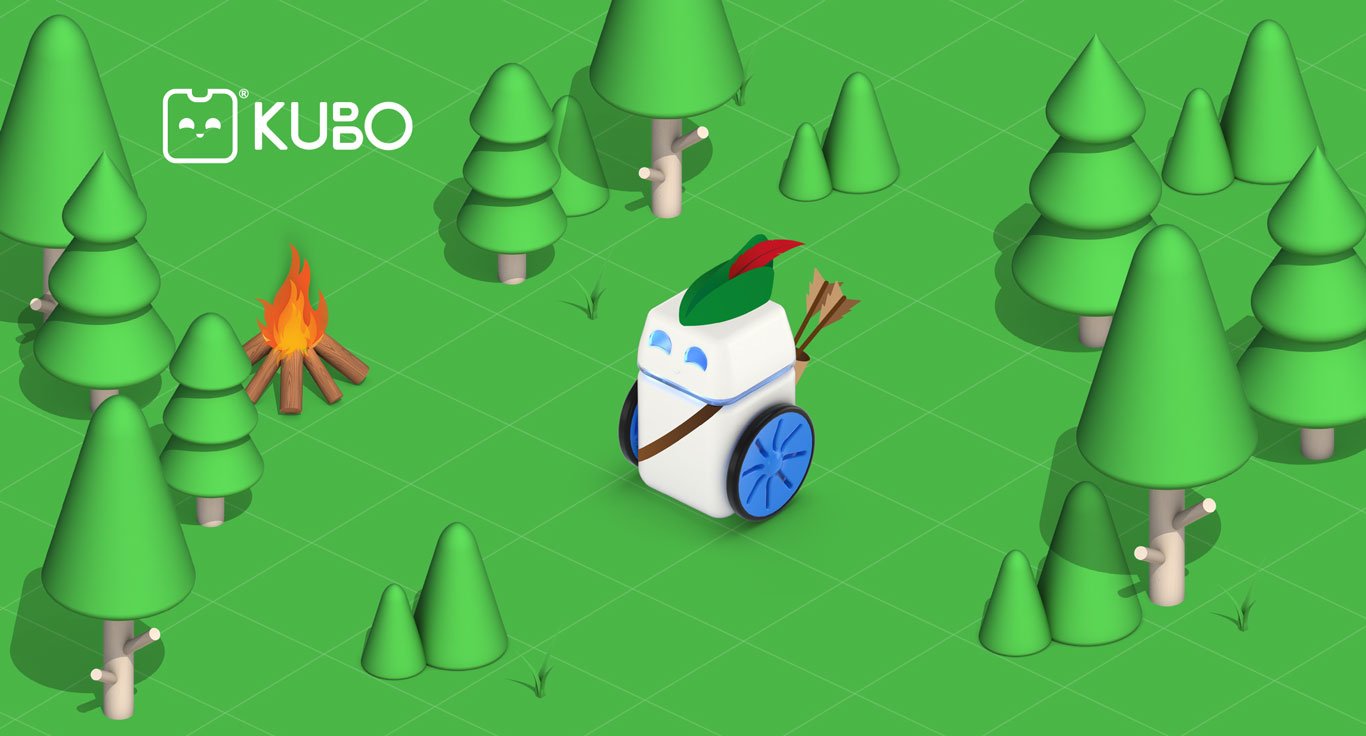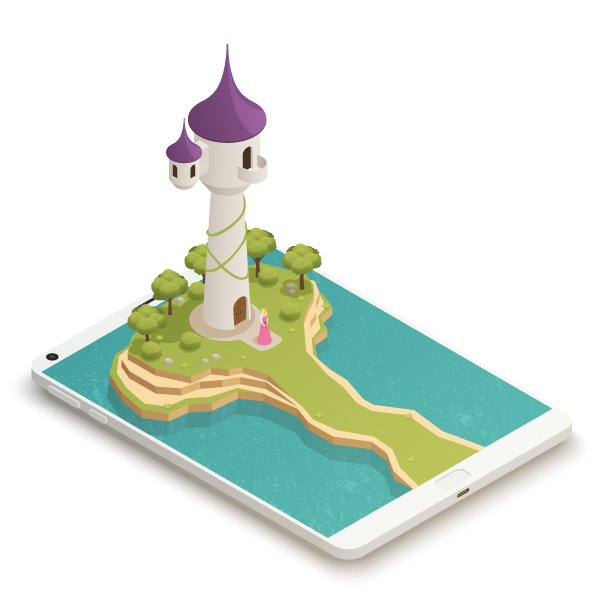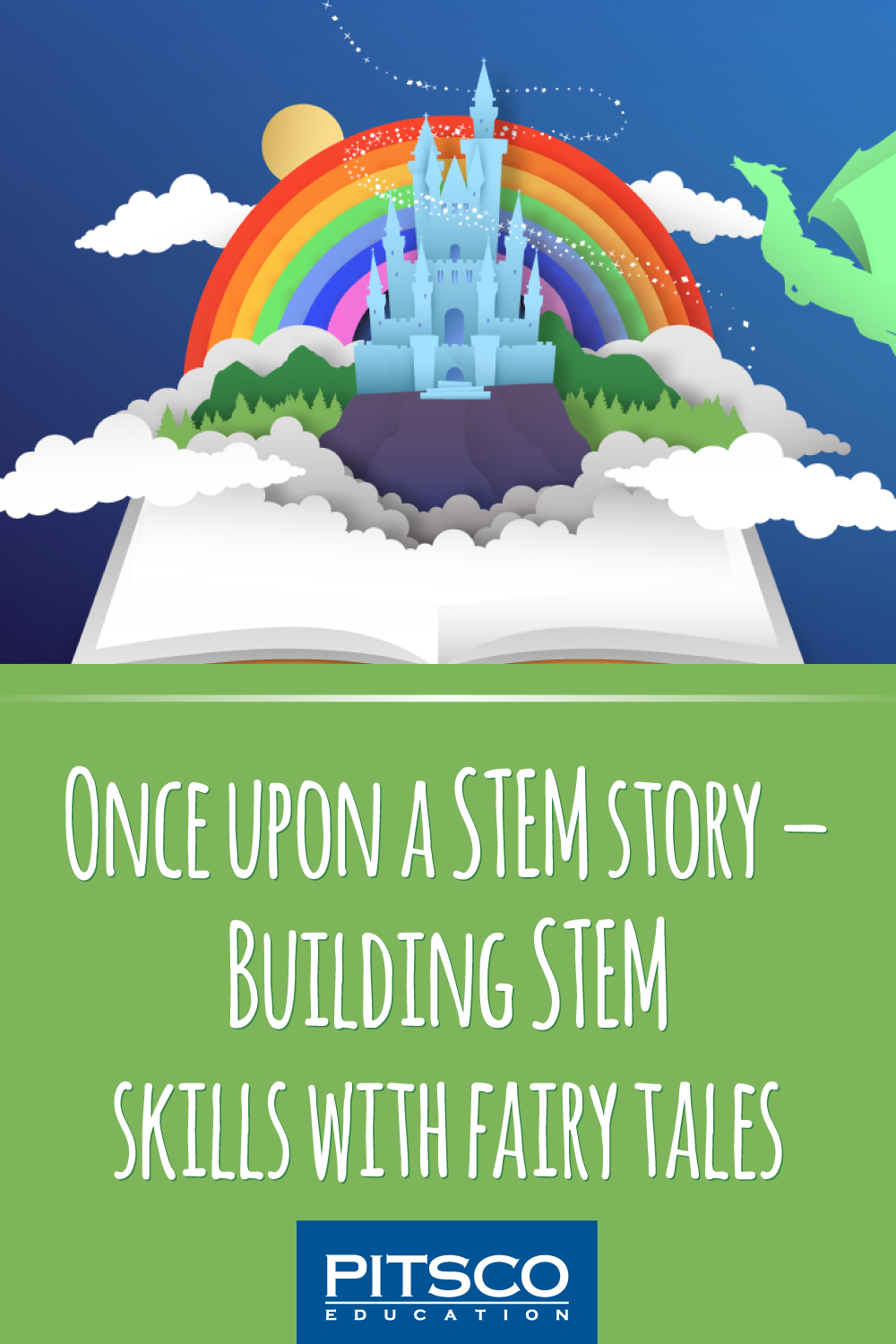Updated 6/14/24
Most of us love a story – kids and adults alike. A good story captures our imagination, makes us wonder or feel something, and might even teach us something. Fairy tales are an example of this kind of story. Typically, they are fanciful, have some type of conflict and resolution, and leave you with a takeaway or two.
Fairy tales are often told at home, at preschool, and in elementary school. This makes them awesome for some cross-curricular learning opportunities. So, let’s STREAM ahead to combine STEM with some reading and art.

Get Caught Engineering has an excellent explanation of some of the connections:
“Fairy tales provide a wonderful springboard for developing an engineering lesson for several reasons:
- Fairy tales are already part of the elementary school curriculum; therefore, it is not an add-on.
- Anything is possible in a fairy tale! The ideas for an engineering connection
- Fairy tales encourage students to begin to problem solve and generate design ideas.
- Children already know most of the fairy tales
- Fairy tales are short and the format makes it easy to discuss the plot and a problem.”
In honor of National Tell a Fairy Tale Day (February 26), we’re rounding up a handful of resources and some inspiration.
Reengineering the Classics
Momgineer shares 12 challenges that get students thinking about how a fairy tale could have ended differently or been avoided altogether, including engineering an escape option for Rapunzel, building Goldilocks a new bed or Baby Bear a new chair, or constructing a house the Big Bad Wolf can’t blow down. Explore these fun and impactful lessons on her site. Math Geek Mama has her own spin on few of these activities too.

Get Caught Engineering shows you how to take students’ creativity further by asking them to imagine the possibilities of the story beyond what they already know. What happened before the story started? Could they look to the past to avoid the conflict altogether? The article uses the “Three Little Pigs” as an example; what would the outcome of that traditional story have been if the pigs had installed an alarm when they built their houses?
We love the critical and creative thinking opportunities questions like this create.
Retell a Fairy Tale through Coding
We’re big fans of interactive storytelling with coding.
- KUBO Robotics can become the main or supporting character in a fairy tale. KUBO could be Jack in “Jack and the Beanstalk.” With You can code a path that takes KUBO Jack from trading the cow for beans all the way to defeating the giant and helping his family prosper with TagTiles®.

- When we launched Code Cube™ and completed a company-wide training, Pitsco User Acceptance Tester Larry Fink told us the fateful tale of Titanic WITH A CODE CUBE! We all knew the plot, the characters, and the ending, and it was still engaging. Yes, with 64 pixels, he told a real-life story in an animated way. Students can do the same! Using images created by pixels and sounds from the library, they can tell specific parts or the whole plot of a fairy tale – such as for Cinderella, make the clock striking midnight, the pumpkin, or the lost shoe.

Collaboration, critical thinking, problem-solving, engineering, creativity, math, technology, literacy . . . all of these skills come to life when students participate in activities such as these. Building fluency and confidence in these skills serves students now and into the their futures.
Looking for more stories? They’re not traditional fairy tales, but we have a series of read-aloud STEM Stories read by members of our Pitsco team along with great inspiration for hands-on activities.

Check out our Pinterest board for even more STEM + reading resources.
MORE RESOURCES:










